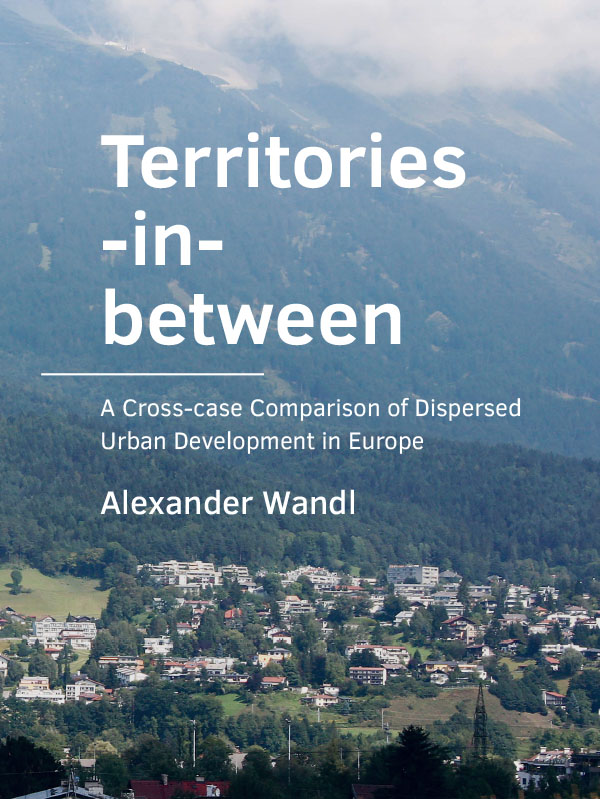From Dispersed Urban Areas to Territories- in-between
DOI:
https://doi.org/10.7480/abe.2019.14.4338Abstract
The dissertation began with the observation that there is an increasing body of literature suggesting that the conventional idea of a gradual transition in spatial structure from urban to rural does not properly reflect contemporary patterns of urban development and their potential for sustainable development. Furthermore, it was argued that large parts of the urbanised areas of Europe are dispersed and that these are neglected in urban and spatial planning policies. Such areas tend to be labelled simply as sprawl, though there is little evidence about whether such dispersed development is more or less sustainable than other forms of urban development. Moreover, evidence points in the direction that large amounts of dispersed urban development ask for different planning instruments which reflect the complexity and network structure of theses specific settlement patterns.
At the turn of the millennium and across Europe, concepts describing dispersed urban areas, like Zwischenstadt, città diffusa or tussenland gained some attention. They share an understanding of design and planning for the territory based on seeing the ‘urban landscape as a large interlocking system rather than as a set of discrete cities surrounded by countryside’ (Bruegmann, 2005). Nevertheless, none of the concepts influenced mainstream planning policy beyond a few individual plans and projects.
To summarise, there is a limited understanding of the nature of dispersed urban development, uncertainty about how the sustainability of such areas can be assessed, and few policy instruments that would achieve any sustainability potential they offer.
The dissertation sets out to contribute to an improved understanding of these issues by answering the following three research questions.
1. What spatial structures characterise dispersed urban areas in Europe?
2. Which morphological and functional structures of dispersed urban areas offer the potential for more sustainable development? If so, how can this potential be mapped and measured to inform regional planning and design?
3. Are there similarities and dissimilarities concerning potentials of dispersed urban areas in different locations, planning cultures, topographies and histories?

